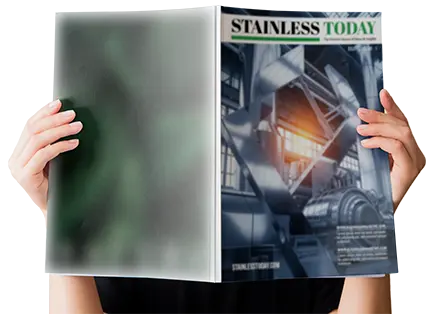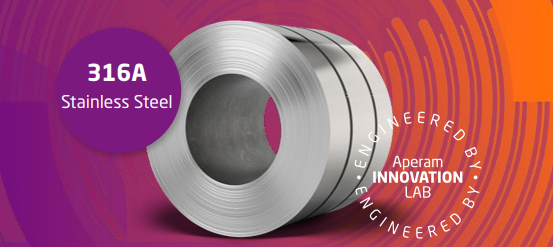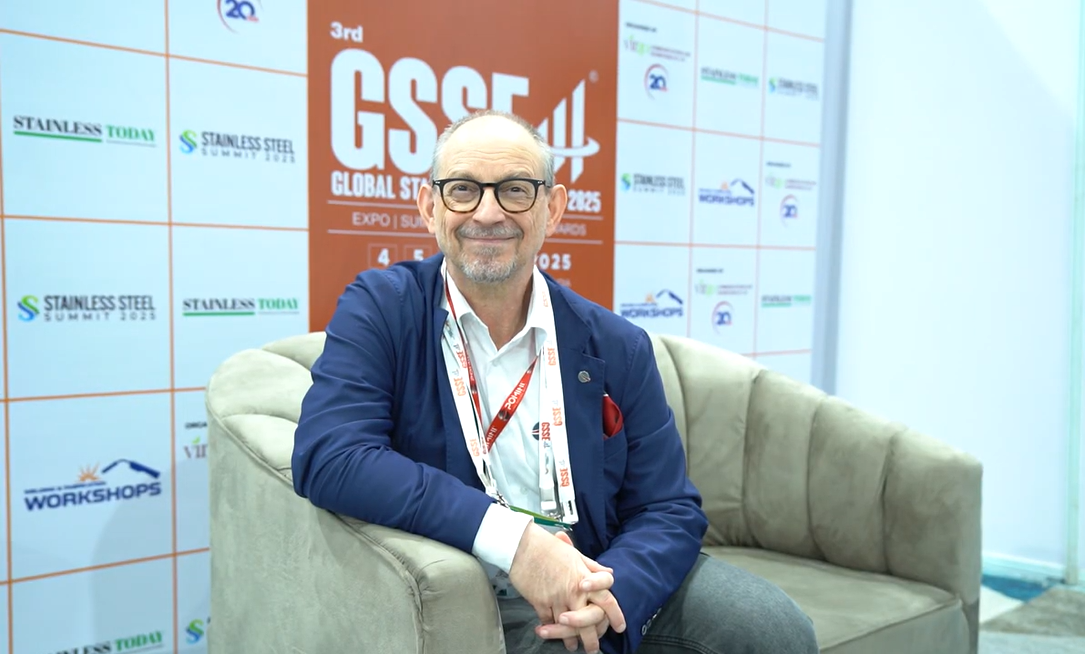Pitting Resistance Equivalent Number (PREN): An Overview

The Pitting Resistance Equivalent Number (PREN) evaluates stainless steel’s resistance to pitting corrosion, crucial for chloride-rich environments like seawater and chemical facilities. Elements like chromium, molybdenum, nitrogen, and tungsten enhance this resistance, guiding material selection for demanding applications.
The Pitting Resistance Equivalent (PRE) number is a key parameter in materials science and corrosion engineering, used to assess the resistance of stainless steels and related alloys to pitting corrosion. This metric is particularly crucial in environments with high chloride concentrations, such as seawater or chemical processing facilities. The PRE value provides a comparative measure of a material’s resistance to localized corrosion, making it a vital factor in selecting alloys for harsh application
PREN-Formula and Key Elements:
The PRE number is determined using the following form
PREN = %Cr + 3.3(% Mo) + 16 (%N)
In cases where tungsten (W) is an alloying element, an extended version of the formula is applied:
PREN= %Cr + 3.3(%Mo + 0.5(%W)) + 16 (%N)
Role of Each Element in the PREN Formula
- Chromium (Cr):
– Chromium is the essential element that provides corrosion resistance to stainless steels by forming a stable, self-healing passive oxide layer (Cr₂O₃) on the metal’s surface.
– This passive film protects against both general and localized corrosion, with chromium content typically ranging from 10.5% to 30% in stainless steels.
2.Molybdenum (Mo):
– Molybdenum significantly enhances the passive film’s stability in chloride-rich environments, reducing the alloy’s susceptibility to pitting corrosion.
– The coefficient of 3.3 reflects its empirically proven effect on increasing corrosion resistance, especially in reducing conditions.
- Nitrogen (N):
– Nitrogen acts as a strong austenite stabilizer and improves pitting resistance by enhancing the re-passivation ability of the passive film, particularly in crevices or confined areas where localized corrosion tends to initiate.
– The high multiplier of 16 highlights nitrogen’s powerful impact on pitting resistance, despite its typically low concentration (below 1%).
4.Tungsten (W) (if present):
– Tungsten, like molybdenum, improves resistance to pitting and crevice corrosion, especially in superalloys and hyper duplex stainless steels.
– Its effect is less pronounced than molybdenum, which is why a coefficient of 0.5 is used in the extended PRE formula.
Application in Hyper Duplex Stainless Steels:
Hyper duplex stainless steels represent the highest-performance category within duplex stainless steels, offering an optimized balance of mechanical strength and corrosion resistance. Key compositional features include:
Chromium: Approximately 27-29%, which forms a robust, protective oxide layer.
Molybdenum: Typically, 3-5%, enhancing pitting resistance in chloride-laden environments.
Nitrogen: Above 0.3%, contributing to both increased corrosion resistance and material strength.
The PREN number provides a reliable comparison of an alloy’s ability to resist pitting corrosion:
- Pitting Corrosion Resistance:
A higher PRE number indicates a superior ability to prevent pit initiation and growth in chloride-rich environments, which is vital for applications like subsea oil and gas equipment.
- Material Selection:
Engineers use the PRE value as a criterion for choosing materials in environments where localized corrosion is a significant concern. This is especially relevant in designing heat exchangers, valves, and pipelines for marine or chemical processing industries.
3.Comparative Assessment:
The PREN number allows for direct comparison across various stainless-steel grades and other high-performance alloys, such as nickel-based superalloys. Hyper duplex stainless steels, with PREN values typically exceeding 48, are favored where both high mechanical strength and exceptional corrosion resistance are required.










